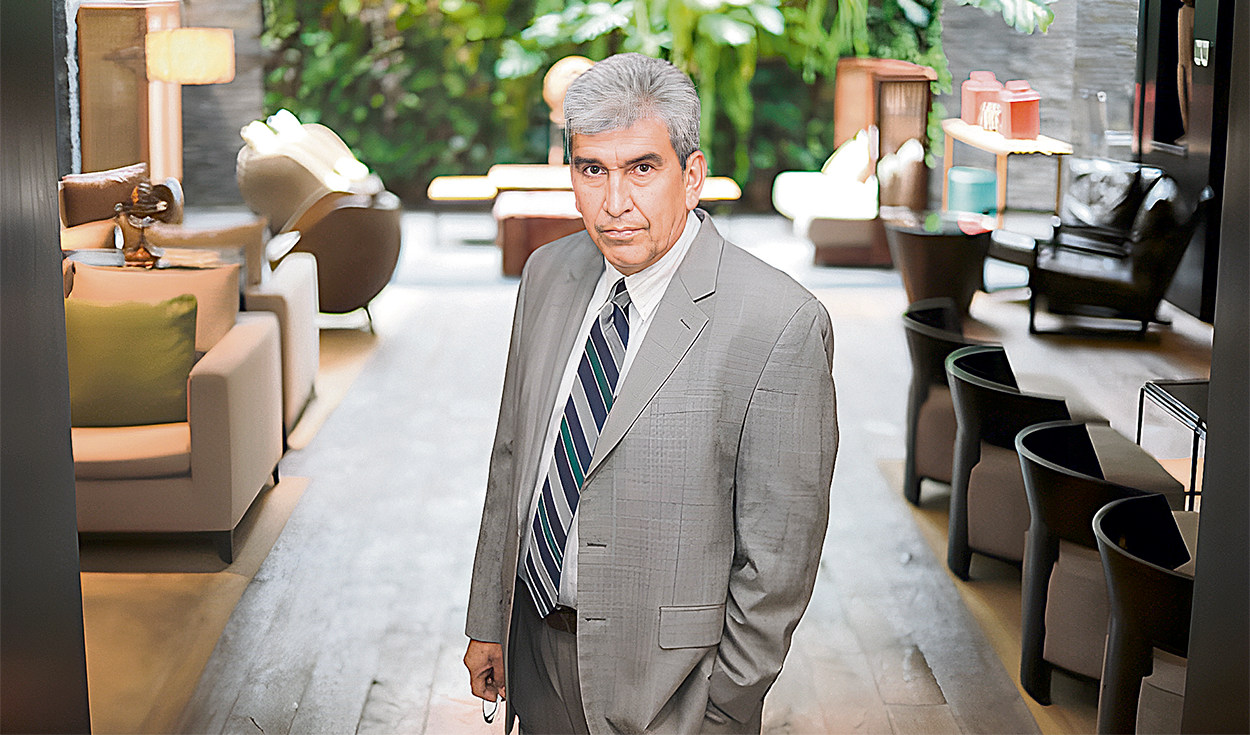
The Bolivian model of massification is coming to an end. The former Minister of Hydrocarbons of Bolivia and today managing partner of Gas Energy Latin America Alvaro Rios analyzes a scheme that marginalized private investment and that will force the highland country to turn on its gas pipeline with Argentina, but in the opposite direction from 2028.
-How did natural gas become widespread in Bolivia?
-We have totally different models. In Bolivia, the gas industry has been developed for 40 years: 7 of the 9 department capitals are connected by gas pipeline and in each one a certain type of industries were developed with employment in the area. This was done with money from the State, and in a later phase, in the last 15 years, networks were also advanced in a totally state model.
-And what was the problem?
-That 1 million home installations were built almost free of charge, through the state company, for 4 of the 10 million Bolivians that we are. A good degree of massification, since the state company that did the work was full of money from gas exports to Brazil and Argentina. Unfortunately, we have not explored enough to replenish reserves and in 2 or 3 years, around 2028 or 2029, we will be importing gas from Argentina.
-How did Bolivia reach this point of no return?
-That happens when gas is massively exported. In Bolivia, we use almost 15 million m³/day and it is not explored; The deposits have been depleted. We have taxes that are too high and YPFB ravine with very low resources, which has no money to explore having also subsidized products such as gas, gasoline and diesel. Basically, it is insolvent.
-Why not to Peru?
-We do not buy from Peru because Argentina has gas much closer and there is developed infrastructure. This 2024 is the last year that it will be sold, and that pipeline, the only thing that needs to be done is to flow it in the opposite direction. This dynamic is what I would like to highlight: it is not about giving away money when you have it, but rather giving economic sustainability to the projects. When we have to import, prices will rise and the State will stop creating networks because it will no longer have resources.
-And our model?
-I think the Peruvian model is much more interesting. The networks can be managed by a private company, but the State also makes a contribution and FISE is a good option there. The flat rate is also a good mechanism, and should be added. Because there is a debt with the south, for not having given it gas as it deserves until today.
-But that takes time. How to massify while?
-One way is with gas pipelines virtual (tanks), which cannot be 20 or 30 years old. It cannot be overcrowded by small trucks, but while it is developing, it is important. And make concessions of magnitude that span several departments.
-And then how do networks advance with a private person?
-With sunk cost mechanisms: the State, under the supervision of Osinergmin, provides resources to the private sector to develop networks, for example, in Puno and Cusco. The other is a single ‘stamp rate’ subsidy that can be developed with Lime, which has benefited greatly, and also created a single rate between industries in the capital and the south. They are mechanisms that have to happen.
-And then the gas pipeline.
-A gas pipeline to the south is essential, anchoring it with industrial (for example, petrochemical) and electrical demand, because without demand there is no exploration. The will is needed before this Government leaves to begin a process of virtual massification. Proinversión is already handling the detailed engineering to anchor a gas pipeline to the south [SIT-Gas]. They have all the tools to massify on a small and medium scale with LNG and lay the foundations for the gas to reach the south.
-But here we also export. What if Bolivia happens?
–Peru still has many reserves in the Camisea area, a horizon of 20 or 30 years. However, the gas industry takes a long time to develop and it is important that Perupetro develops new areas so that what happened in Bolivia does not happen.
Source: Larepublica
Alia is a professional author and journalist, working at 247 news agency. She writes on various topics from economy news to general interest pieces, providing readers with relevant and informative content. With years of experience, she brings a unique perspective and in-depth analysis to her work.











